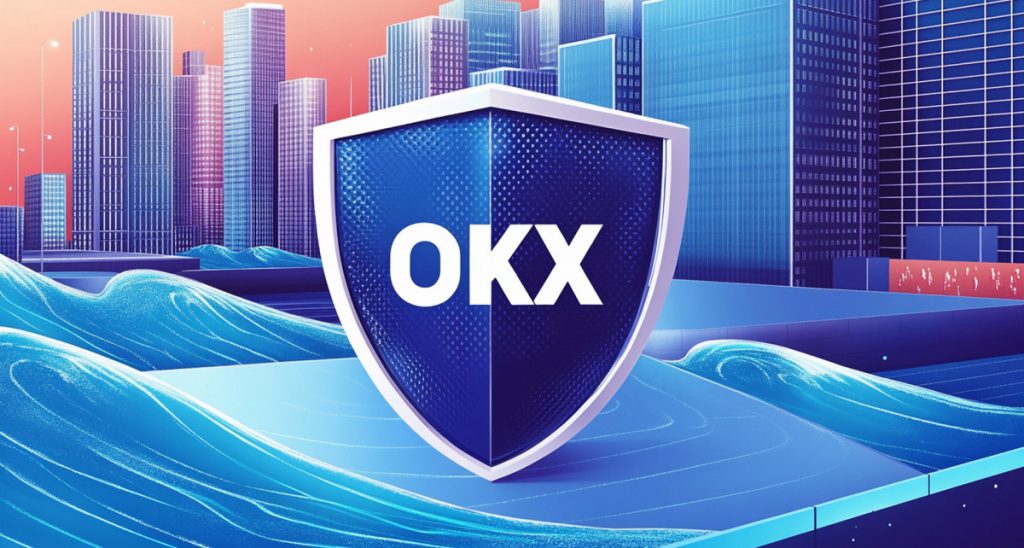OKX: Risk Management System Prevented Cascade Liquidations on the Crypto Exchange

In Brief
OKX’s risk management system successfully prevented large-scale cascade liquidations during the October 11 crypto market crash by automatically reducing leverage and protecting traders’ positions.

Cryptocurrency exchange OKX detailed how its risk protection mechanisms helped the platform avoid large-scale cascade liquidations during the market crash on October 11. According to the company, its built-in risk management system automatically reduces leverage during periods of high volatility when asset prices fluctuate sharply. This prevents margin calls and protects both buyers and sellers from forced position liquidations.
OKX’s Chief Risk Officer, Yuri Mushkin, stated that the exchange’s risk engine architecture acted instantly, safely reducing credit positions that fell below margin requirements.
“The risk management mechanisms at OKX demonstrated their effectiveness during today’s market crash, safely reducing credit positions that dropped below margin requirements,” Mushkin said. “During volatile periods, when correlations between assets increase sharply due to price spikes, such systems must operate immediately to reduce leverage and protect both buyers and sellers from margin defaults.”
He emphasized that risk management infrastructure in the crypto industry is significantly more complex than in traditional finance, as users can pledge a wide range of digital assets as collateral. To minimize the likelihood of cascade liquidations, OKX’s system differentiates risk profiles between tokens and stablecoins accepted as collateral.
Mushkin also noted that during the October market crash, a significant USDe token depeg occurred, but OKX’s mechanisms were able to contain the effect and prevent it from spreading to other markets.
Earlier, OKX founder and CEO Star Xu stated that the exchange’s global risk management system “functioned flawlessly” during the crash. “The platform remained stable and smooth across all regions — all systems operated normally,” he emphasized. Xu added that the median order execution time on OKX was three milliseconds.
On October 11, the cryptocurrency market experienced its largest crash in history. According to CoinGlass, over $19 billion in positions were liquidated in a single day, and total market capitalization fell by nearly $660 billion. During the crash, some users of major platforms, including Binance, experienced price display errors and mass liquidations. Some critics believe that part of the market’s decline was exacerbated by vulnerabilities in Binance’s price oracle, which were exploited by malicious actors.
Disclaimer
In line with the Trust Project guidelines, please note that the information provided on this page is not intended to be and should not be interpreted as legal, tax, investment, financial, or any other form of advice. It is important to only invest what you can afford to lose and to seek independent financial advice if you have any doubts. For further information, we suggest referring to the terms and conditions as well as the help and support pages provided by the issuer or advertiser. MetaversePost is committed to accurate, unbiased reporting, but market conditions are subject to change without notice.
About The Author
Gregory, a digital nomad hailing from Poland, is not only a financial analyst but also a valuable contributor to various online magazines. With a wealth of experience in the financial industry, his insights and expertise have earned him recognition in numerous publications. Utilising his spare time effectively, Gregory is currently dedicated to writing a book about cryptocurrency and blockchain.
More articles

Gregory, a digital nomad hailing from Poland, is not only a financial analyst but also a valuable contributor to various online magazines. With a wealth of experience in the financial industry, his insights and expertise have earned him recognition in numerous publications. Utilising his spare time effectively, Gregory is currently dedicated to writing a book about cryptocurrency and blockchain.

















































